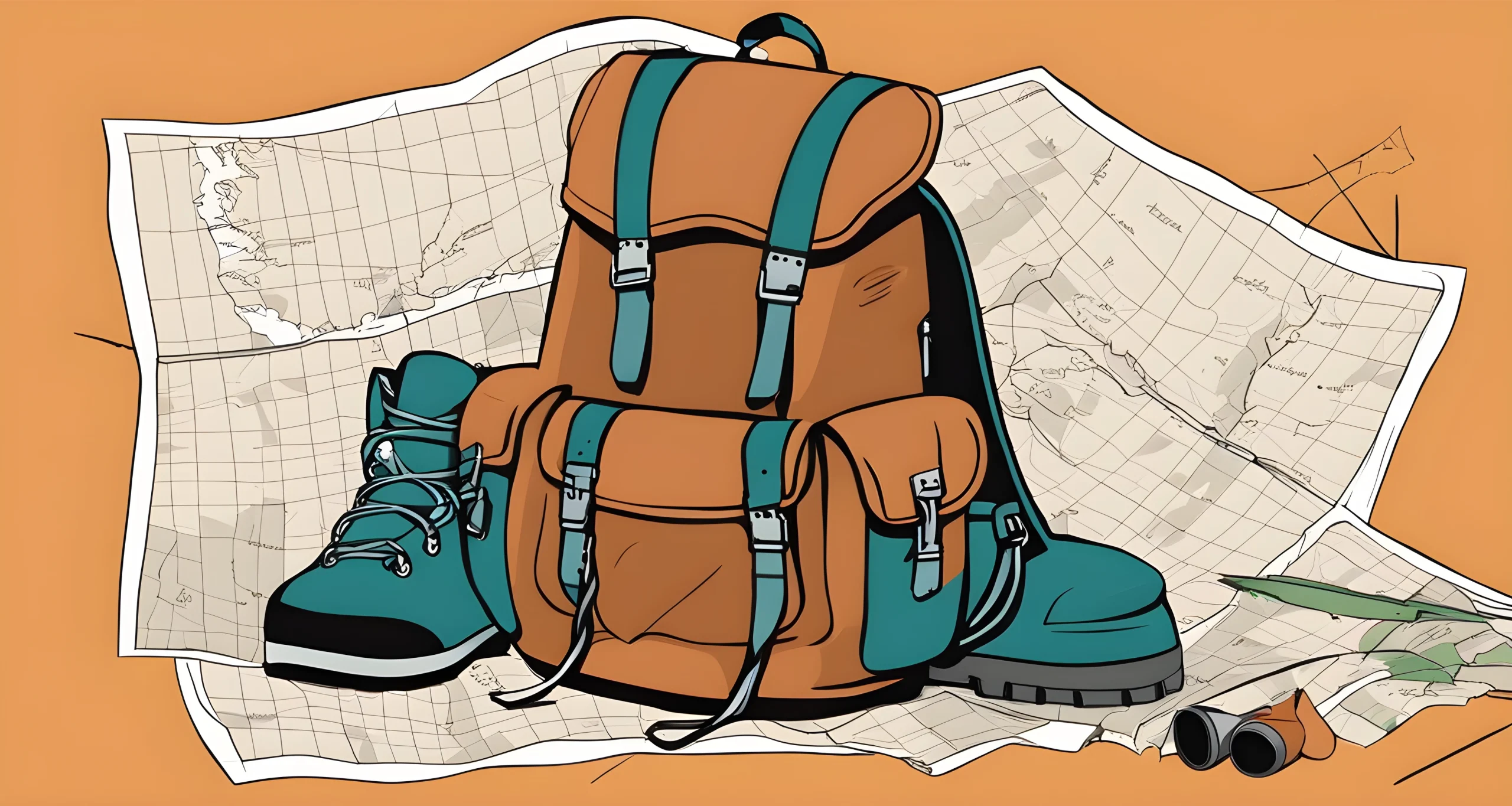Introduction
Are you ready to embark on an exciting budget backpacking trip? Whether you’re a seasoned traveler or new to the world of backpacking, proper planning is essential for a successful and enjoyable journey. In this guide, we’ll walk you through the key steps to help you plan your budget backpacking trip with ease.
If you want to maximize your travel rewards and find the best deals and discounts for your trip, be sure to check out our comprehensive Maximize travel discounts guide for expert tips and advice.
From choosing your destinations and duration to creating a detailed travel budget spreadsheet, refining your budget with expense categories, and making adjustments as needed, we’ve got you covered. So, get ready to take your backpacking adventure to the next level with our ultimate tips for budget backpacking trip planning.
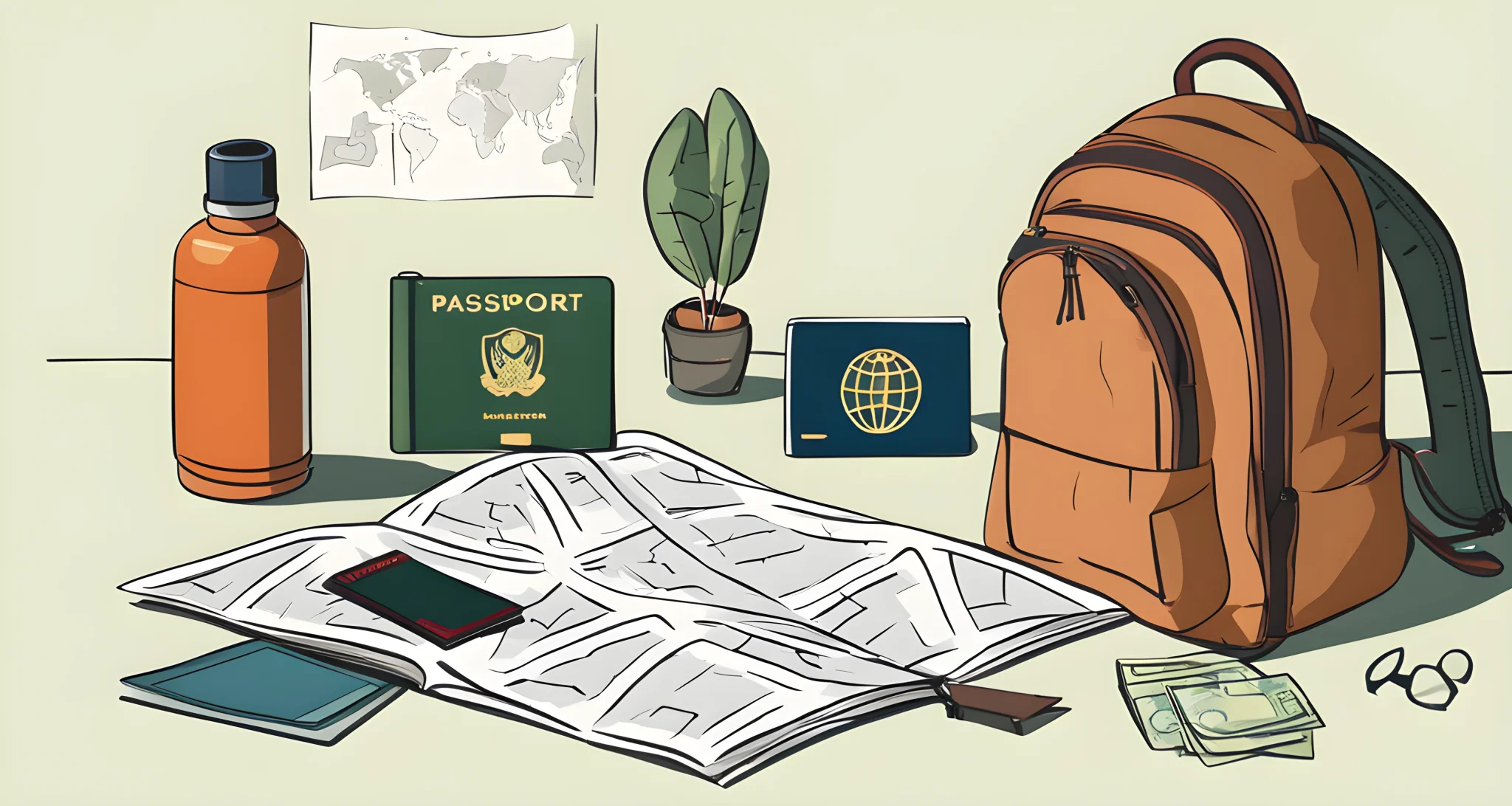
Choosing Your Destinations and Duration
When planning a budget backpacking trip, it’s crucial to determine your destinations and the duration of your travels. Here are some tips to help you make the best decisions for your trip:
Determine Your Travel Duration
- Consider how many days or weeks you can dedicate to your trip, as this will significantly impact the number of places you can visit and the pace of your travels.
- For example, if you have four months, you can plan to visit around 3-4 countries, depending on how much time you want to spend in each location.
Research Your Destinations
- Research the average costs of living and traveling in each of your desired destinations. This will help you estimate how much money you will need for accommodation, food, transportation, and activities in each location.
- Use resources like travel blogs, forums, and guidebooks to gather information about affordable destinations and activities.
Consider Off-Peak Travel
- Consider traveling during off-peak seasons to take advantage of lower prices for accommodations and activities.
- Off-peak travel also allows you to avoid the crowds and enjoy a more authentic experience in your chosen destinations.
Plan Your Itinerary Wisely
- Be realistic about the number of places you can visit within your travel duration. Avoid cramming too many destinations into a short period, as this can lead to exhaustion and overspending.
- Prioritize the destinations that are most important to you and allocate more time to fully explore and immerse yourself in those locations.
By carefully considering your travel duration and choosing destinations wisely, you can maximize your budget backpacking trip experience. For more information on finding affordable accommodations during your travels, check out our Affordable accommodations guide for some helpful tips.
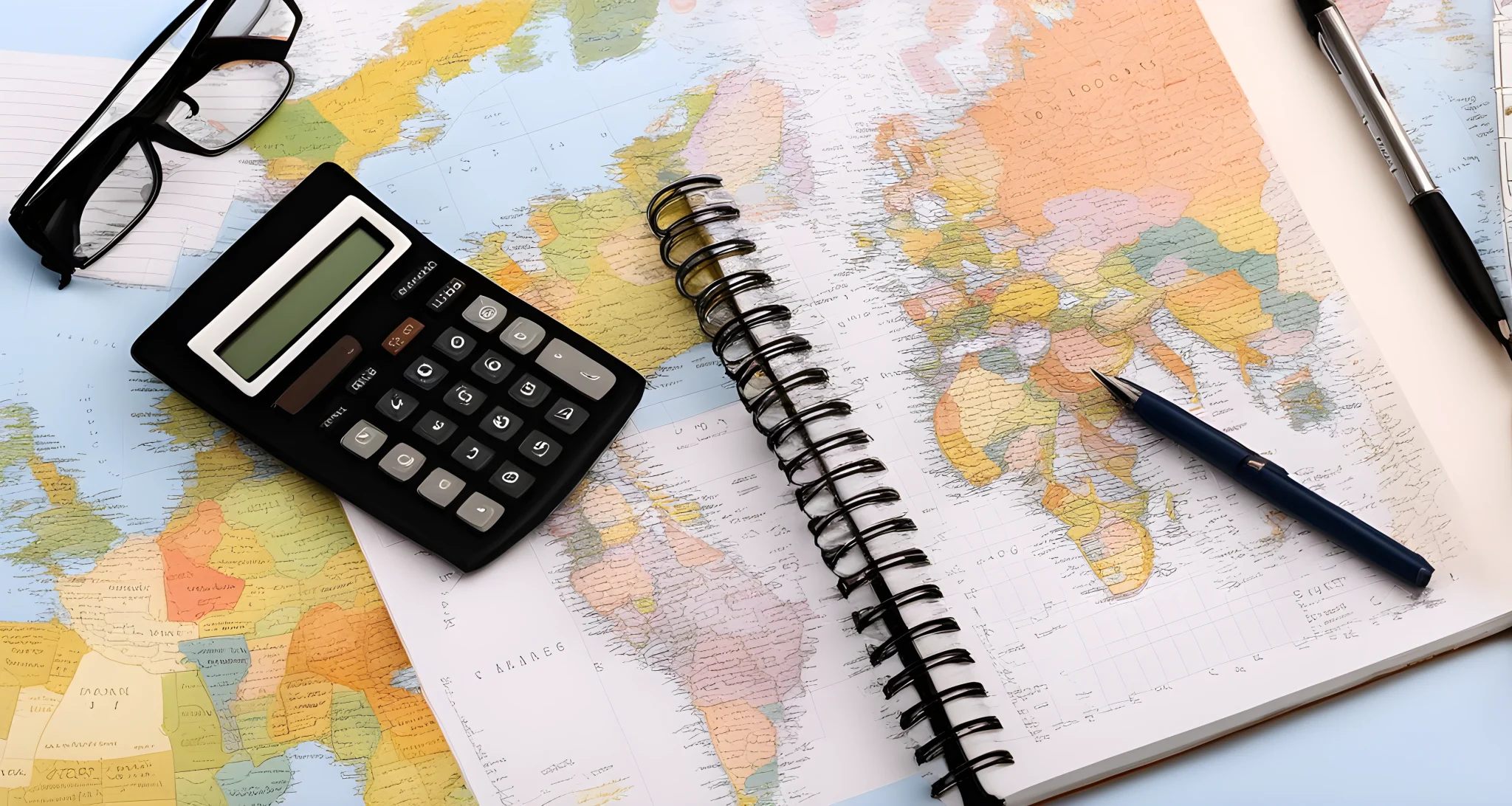
Researching Average Costs
Before you start creating your detailed travel budget spreadsheet, it’s important to research the average costs of the destinations you plan to visit. This will give you a better idea of how much you’ll need to budget for accommodation, food, transportation, and activities.
Daily Budget
- Start by establishing a daily budget of around $30 per day. Keep in mind that this amount can vary depending on your accommodation and food choices. Consider staying with friends or family to reduce costs, and plan to spend more in some cities and less in others.
Accommodation Costs
- Research the average cost of accommodation in each of your chosen destinations. Use websites like Budget travel tips solo to find budget-friendly options such as hostels, guesthouses, or Airbnb rentals.
Food Costs
- Look into the average cost of meals in each location. Street food and local markets are often the most affordable options, while dining at restaurants can be more expensive.
Transportation Costs
- Consider the cost of getting around within each city or country. Public transportation is usually the most budget-friendly option, but you may need to factor in occasional taxi or ride-share expenses.
Activity Costs
- Research the cost of popular activities and attractions in each destination. Look for free or low-cost options such as walking tours, museums with discounted admission days, or outdoor activities like hiking.
By thoroughly researching average costs for each aspect of your trip, you’ll be better prepared to create a realistic budget that aligns with your travel goals and financial situation. This will help ensure that you have enough funds to fully enjoy your backpacking adventure without overspending.
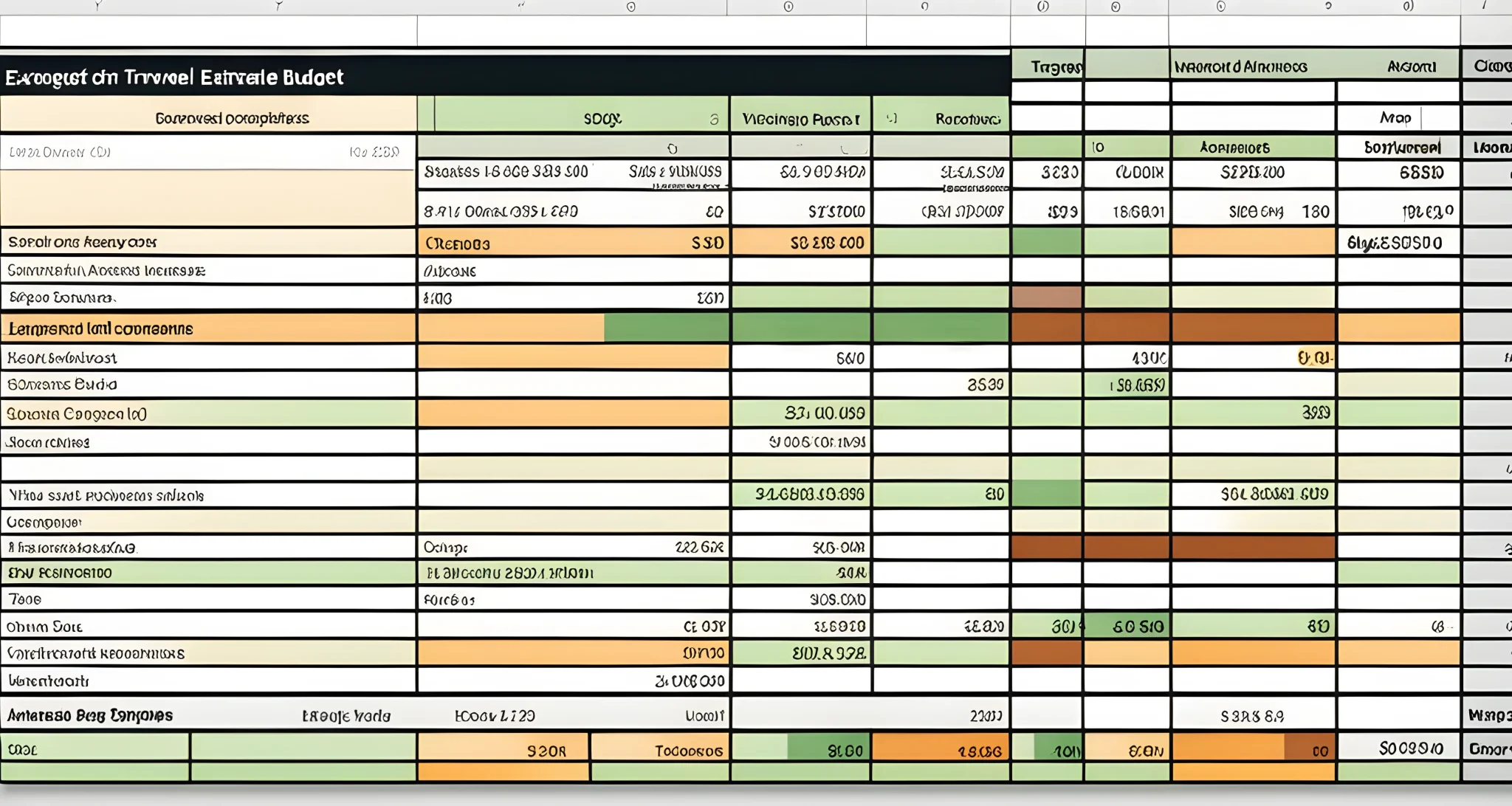
Creating a Detailed Travel Budget Spreadsheet
When it comes to budget backpacking, creating a detailed travel budget spreadsheet is essential for staying on track financially. By carefully documenting all expenses and anticipated costs, you can ensure that you have enough funds to cover your entire trip. Here are some tips for creating a comprehensive travel budget spreadsheet:
- Start with the Basics: Begin by listing all the necessary expenses such as transportation, accommodation, meals, and activities.
- Add Contingency Funds: It’s important to include an emergency fund in your budget to cover unexpected expenses or emergencies.
- Use Pinterest for Inspiration: Utilize Pinterest to gather inspiration and tips from experienced backpackers. This platform offers a wealth of information on budget travel, safety, and destination ideas.
- Research Average Costs: Take the time to research the average costs of living in each destination you plan to visit. This will help you estimate how much money you will need for each leg of your journey.
- Consider Traveling with Kids: If you plan on traveling with kids, be sure to check out some family-friendly travel deals and tips Traveling with kids suggestions to help you plan your trip.
By following these steps and utilizing resources like Pinterest, you can create a detailed travel budget spreadsheet that will help you stay organized and financially prepared for your backpacking adventure.
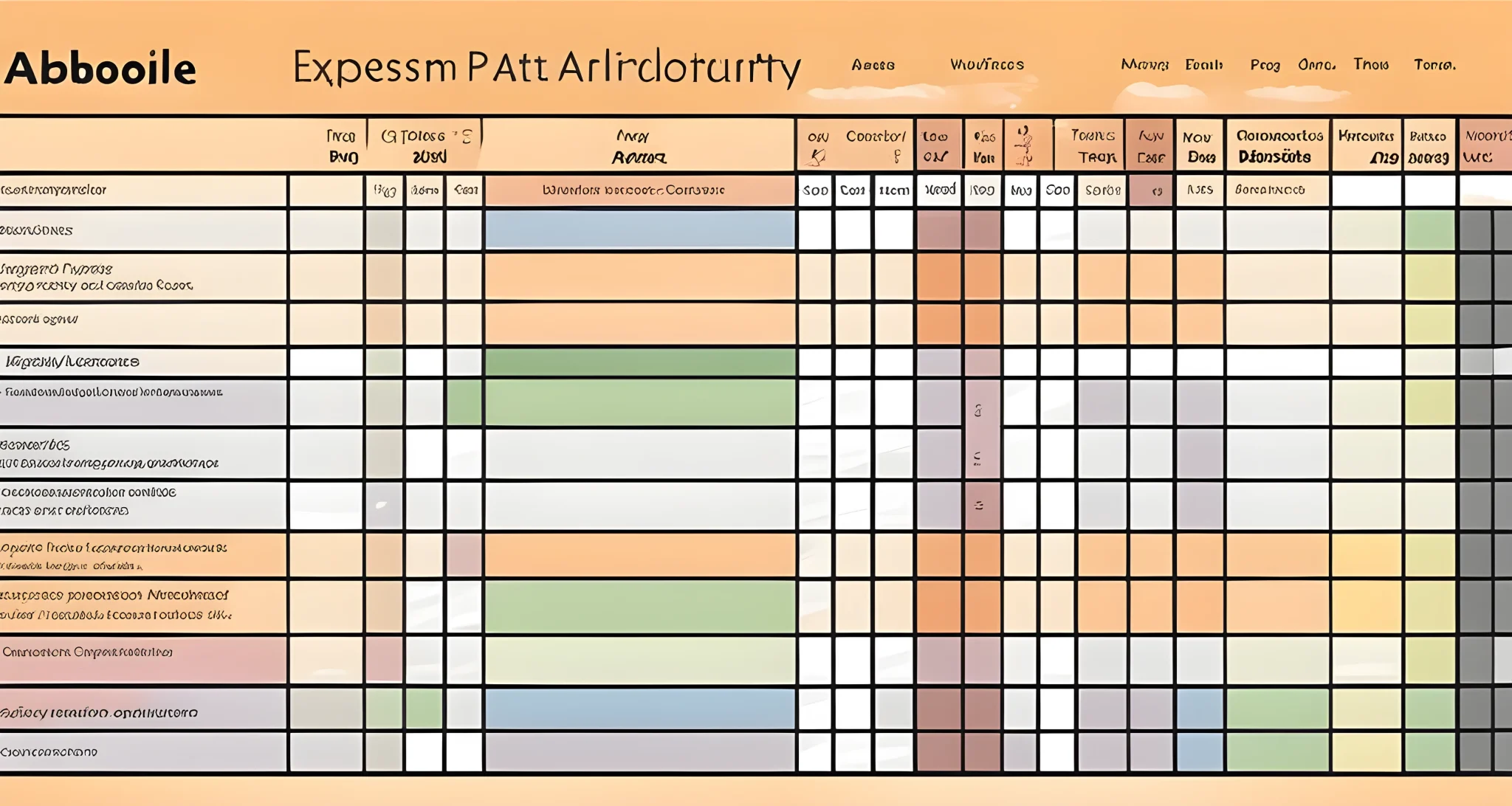
Refining Your Budget with Expense Categories
Now that you have a general idea of your travel costs, it’s time to refine your budget by breaking down expenses into specific categories. This will help you get a clearer picture of where your money is going and where you can potentially make adjustments.
Researching Visa Requirements
Before diving into expense categories, ensure you understand the visa requirements for each country on your itinerary. Some countries require visas in advance, while others can be obtained upon arrival. Research the specific requirements for your passport and plan accordingly.
Transportation
- Flights: Research flight options and consider using Effective Budget Travel Strategies to find the best deals.
- Local transportation: Plan for costs such as trains, buses, taxis, and rental cars within each destination.
Accommodation
- Hostels: Research hostel options in each destination and compare prices.
- Hotels: If you prefer more privacy, look into budget-friendly hotel options.
Food and Drinks
- Dining out: Allocate a daily budget for meals at restaurants or street food vendors.
- Groceries: If you plan to cook some of your own meals, budget for grocery expenses.
Activities and Entertainment
- Sightseeing: Consider entrance fees to attractions, museums, and historical sites.
- Excursions: Budget for activities such as guided tours, hiking trips, or water sports.
Miscellaneous Expenses
- Travel insurance: Don’t forget to include this essential cost in your budget.
- Souvenirs: Set aside some funds for purchasing mementos from your travels.
- Emergency fund: It’s always wise to have a buffer for unexpected expenses.
By breaking down your budget into these expense categories, you’ll have a better understanding of how much you need for each aspect of your trip. Keep in mind that these categories may vary depending on your travel style and preferences, so customize them to suit your specific needs.
Now that you have refined your budget with specific expense categories, it’s time to move on to the next step: "Budgeting by Item or Category".
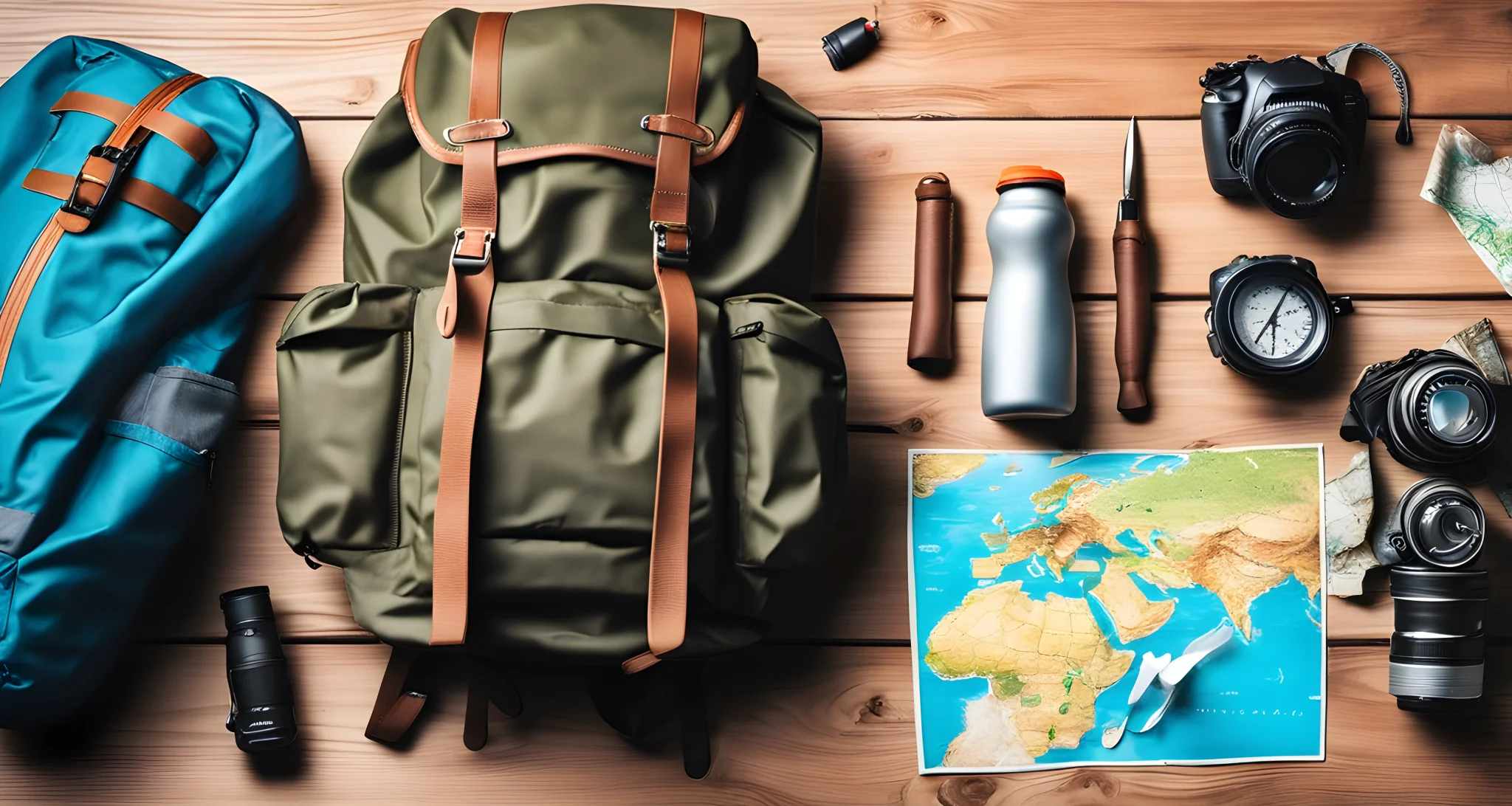
Budgeting by Item or Category
When it comes to budgeting for your backpacking trip, you have the option to budget by item or category. This will help you to track your expenses more effectively and ensure that you stay within your overall budget.
Budgeting by Item
When budgeting by item, you will list out each individual expense that you anticipate during your trip. This can include things like accommodation, transportation, food, activities, and any other specific items you plan to purchase. By breaking down your budget into specific items, you can easily see where your money is going and make adjustments as needed.
-
Advantages:
- Provides a clear picture of where your money is being spent
- Helps identify areas where you can cut back if necessary
- Allows for more detailed tracking of expenses
-
Disadvantages:
- Can be time-consuming to track every single expense
- Less flexibility in allocating funds between different categories
Budgeting by Category
Budgeting by category involves grouping similar expenses together. For example, all transportation costs would fall under one category, while all food and dining expenses would be grouped together. This approach provides a broader view of your spending and may be more suitable for those who prefer a simpler budgeting process.
-
Advantages:
- Easier to manage and maintain
- Provides a general overview of spending habits
- More flexibility in allocating funds between categories
-
Disadvantages:
- May not provide as much detailed insight into specific expenses
- Could result in overspending if not carefully monitored
Whichever method you choose, it’s important to regularly track your expenses and compare them against your budget. Making adjustments as needed will help ensure that you stay on track financially throughout your backpacking adventure.
For more travel tips and ideas for budget-friendly destinations, check out Economical Tropical Vacations for inspiration on affordable yet exotic places to visit.
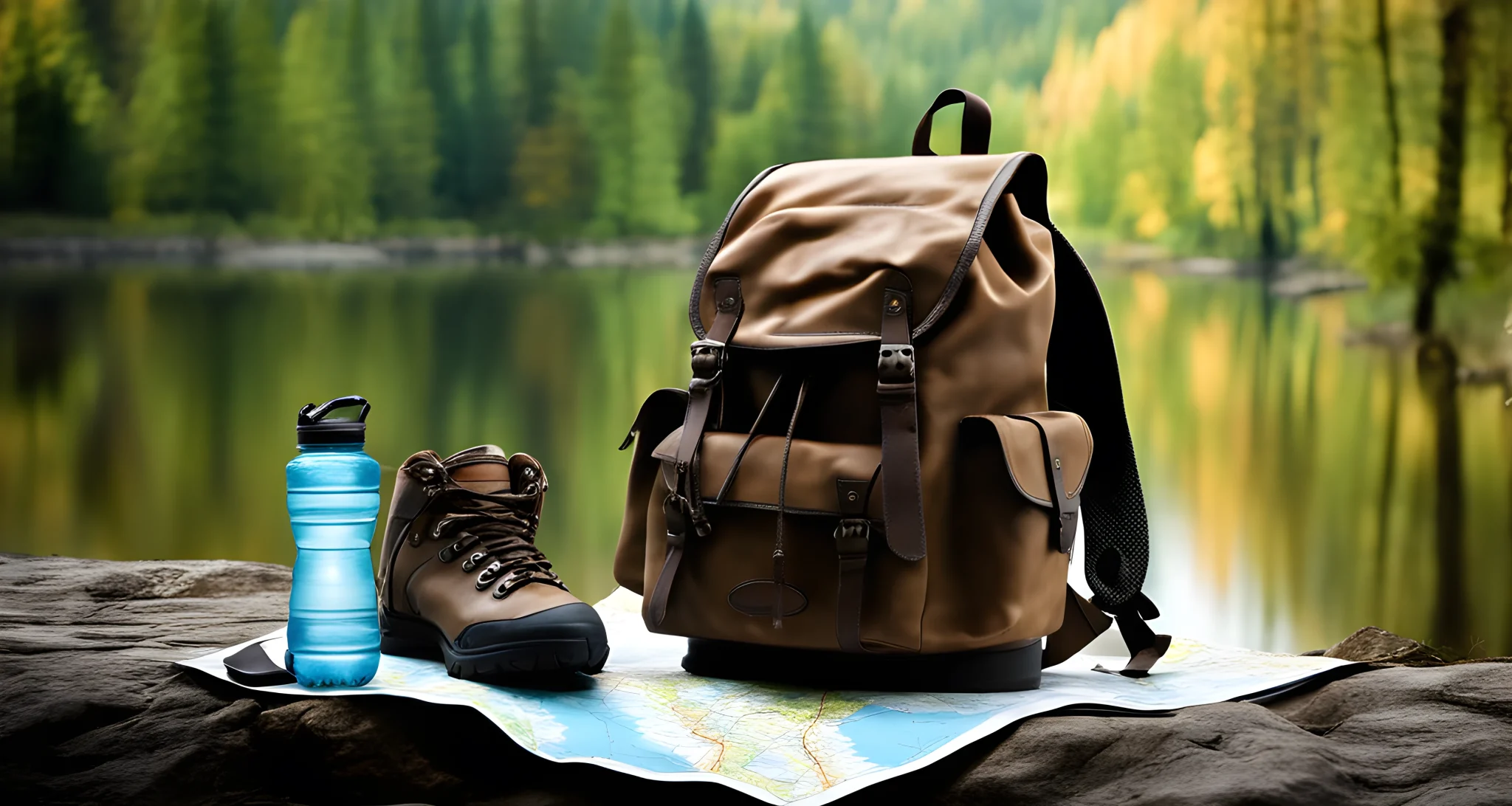
Making Adjustments as Needed
When it comes to budgeting for a backpacking trip, it’s crucial to plan for potential unexpected expenses. No matter how well you’ve researched and budgeted, there’s always a chance that something unexpected will come up. That’s why it’s important to be flexible and willing to make adjustments as needed to accommodate unexpected costs.
Plan for Emergencies
One way to prepare for unexpected expenses is by setting aside a small amount of your budget specifically for emergencies. This emergency fund can help cover unforeseen costs such as medical expenses, transportation delays, or lost or stolen items. By having this safety net in place, you can avoid going over budget when these situations arise.
Be Flexible
In addition to having an emergency fund, it’s important to be flexible with your budget and willing to make adjustments as needed. If you encounter unexpected costs that exceed your initial budget, look for areas where you can cut back or reallocate funds. This might mean skipping a few splurge activities or dining at more affordable restaurants.
Utilize Your Detailed Travel Budget Spreadsheet
Having a detailed travel budget spreadsheet is incredibly useful when it comes to making adjustments. Refer back to your spreadsheet and identify areas where you can make changes in order to accommodate unexpected expenses. This might involve adjusting your daily spending limits, finding cheaper accommodation options, or reevaluating your transportation choices.
Stay Informed
Lastly, staying informed about potential cost-saving opportunities can help you make adjustments on the go. For example, you might come across Wallet-friendly departure days when booking flights, allowing you to save on transportation costs. Being aware of these opportunities can help you adjust your budget accordingly and make the most of your available funds.
By being prepared for unexpected expenses and being willing to adjust your budget as needed, you can ensure that your backpacking trip stays within financial reach while still allowing room for enjoyment and exploration.
FAQ
How long should my budget backpacking trip be?
It depends on how much time you can take off. determine the number of days or weeks you have available, as this will impact the number of places you can visit and the pace of your travels.
What should my daily budget be for a backpacking trip?
Establish a daily budget of around $30, but this amount can vary based on accommodation and food choices. staying with friends or family can help reduce costs, and be prepared to spend more in some cities and less in others.
How can i gather inspiration and tips for backpacking?
Utilize pinterest to create a backpacking board and gather inspiration and tips from experienced travelers. pinterest offers a wealth of information on budget travel, safety, and destination ideas.
What should i consider when planning my route for a backpacking trip?
Use a map to plan your route and consider the cost and time required to travel between locations. choose the most efficient and cost-effective route for your trip.
